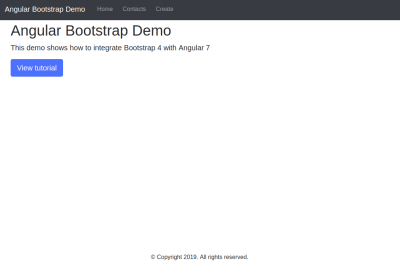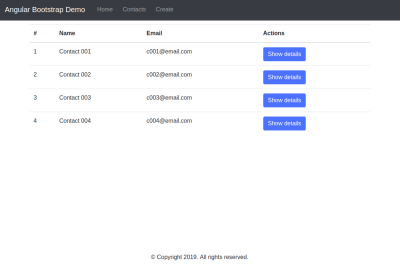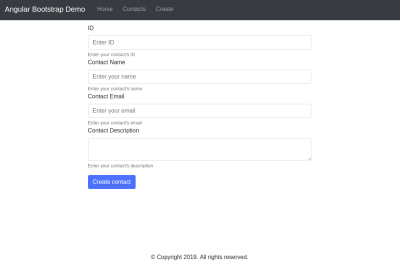Choosing the right tools to build a website for your organization is essential, but it can be tough to find the right fit. Simple site builders like Wix and Squarespace are easy for marketers to use, but severely limit developers when it comes to customizing site functionality. WordPress is a more robust content management system (CMS), but it requires clunky plugins with infrequent updates and potential security issues.
Other site-building tools, such as Gatsby or Hexo, are developer-friendly, but make it very challenging for content creators without technical backgrounds to make even simple updates on their own. These tools often don’t meet the needs of large creative teams running corporate websites.
But there is an option that solves for both audiences. HubSpot’s CMS Hub is a content management system powered by a full CRM Platform that empowers developers to build advanced functionality and marketers to make updates and publish content on their own.
One of the features CMS Hub offers developers is the ability to create serverless functions. These functions make it possible to enhance a website’s backend functionality with integrated plugins that are much easier to develop, deploy, and maintain than third-party WordPress plugins.
Throughout this article, you’ll get a hands-on look at how HubSpot serverless functions help you build custom websites that clients love. To provide a super-quick preview of what is possible, we’ll fetch news data using GET functions that could be used to populate a dynamic webpage. You’ll need to know some JavaScript to follow along.
HubSpot Serverless Functions
Serverless architecture enables developers to build and run applications and services without managing the server’s infrastructure. You don’t need to provision, scale, and maintain servers or install and manage databases to host and serve your web applications. When your business grows, it is much easier to scale.
HubSpot’s serverless functions are as powerful as WordPress plugins. They are capable of interacting with HubSpot’s CRM platform as well as integrating with third-party services through APIs. You can use serverless functions to enhance your site, for example:
- Getting data and storing it in HubDB or the HubSpot CRM
- Integrating your website with third-party services like Google Forms
- Creating event registration systems
- Submitting forms that send data to other services
The functions’ code is stored in the developer file system and is accessed from the Design Manager user interface (UI) or the command-line interface (CLI). You can use the CLI to generate and edit the code locally using your preferred local development tools then upload these changes to HubSpot.
To try the example serverless function in the next section, you need to have access to a CMS Hub Enterprise account or sign up for a free developer testing account. We’ll deploy serverless functions into a site created based on the CMS Boilerplate.
(If you are not familiar with HubSpot development, you may want to check out the quick start guide before following along with the examples below.)
Fetching News Data Using GET Requests
Let’s start by implementing a serverless function that sends a GET request to a third-party REST API to fetch the latest news data using the Axios client. This API searches for online news articles that mention the keyword “HubSpot.”
Note: We’ll be using a third-party API available from NewsAPI.org to retrieve news data, so you first need to register for their API key.
APIs that require authentication or use API keys are not safe for a website’s frontend as they expose your credentials. Serverless functions are a good solution as an intermediary, keeping your credentials secret.
Head over to a CLI and run the following commands:
cd local-cms-dev
mkdir myfunctions
hs create function First, we navigate to our local CMS project, and we call the hs create function command to generate a simple boilerplate function.
You’ll be prompted for some information about your functions, such as:
- Name of the folder where your function will be created. Enter myfunctions/getnews.
- Name of the JavaScript file for your function. Enter getnews.
- Select the HTTP method for the endpoint. Select GET.
- Path portion of the URL created for the function. Enter getnews.
You should get a message saying that a function for the endpoint “/_hcms/API/getnews” has been created. This means, once uploaded, our function will be available from the /_hcms/API/getnews endpoint.
Before uploading the function, let’s first implement our desired functionality.
Open the myfunctions\getnews.function\getnews.js file. You’ll find some boilerplate code for a serverless function that sends a GET request to the HubSpot search API. Remove the boilerplate code and leave only the following updated code:
const axios = require('axios');
const API_KEY = '<YOUR_API_KEY_HERE>';
exports.main = async (_, sendResponse) => {
};Note that you should normally add your API key via the command-line interface hs secrets command, but adding it here is sufficient for the purpose of demonstrating the function.
We require the Axios library to send HTTP requests, and we export a main function that HubSpot executes when a request is made to the associated endpoint. We also define an API_KEY variable that holds the API key from the news API.
Next, inside the body of the main function, add the following code:
const response = await axios.get(`https://newsapi.org/v2/everything?q=HubSpot&sortBy=popularity&apiKey=${API_KEY}`);
sendResponse({ body: { response: response.data }, statusCode: 200 });We call Axios to send a GET request to the API endpoint, then we call the sendResponse method to send the fetched data back to the client. We could call this API directly from the frontend code, but we would need to expose our API key, which should be secret. Thanks to the serverless function, fetching data happens on the server side, so we don’t have to expose the secret.
Finally, run the following command to upload your function:
hs upload myfunctions myfunctionsThis command uploads files from the myfunctions local folder to a myfunctions folder (that will be created) in your account’s Design Manager.
Finally, run the method by visiting the /_hcms/API/getnews endpoint with your web browser. In our case, we need to visit this link. Here, you should see a list of news articles about HubSpot – albeit without any front-end design.
While it is beyond the scope of this article, our next step would be to take the data from the NewsAPI and create a template that would allow us to output the news results onto a dynamic webpage. And with this, we’ll have a place where anyone can quickly catch up on all the latest news mentioning HubSpot or any other keyword you decide to include.
Next Steps
When you need a small brochure-based website and won’t be making many updates, any CMS will do. However, when you are looking to create advanced digital experiences to grow your organization, HubSpot’s CMS Hub offers the functionality and flexibility you need. Plus, you can work with your preferred tools and modern workflows such as CLIs, integrated development environments (IDEs), and GitHub.
Hopefully, this article has provided an initial glimpse of what is possible with HubSpot’s serverless functions. But don’t stop here, dive in and experiment with adding custom functionality to your own HubSpot-powered website. Your imagination is the limit. Sign up for a free developer test account to get started.
Further reading:
Ahmed Bouchefra is a developer and technical author with a BAC + 5 diploma in software development. Ahmed builds apps and authors technical content about JavaScript, Angular, Ionic, and more.
The post Creating Powerful Websites with Serverless-Driven CMS Development appeared first on CSS-Tricks.
You can support CSS-Tricks by being an MVP Supporter.





